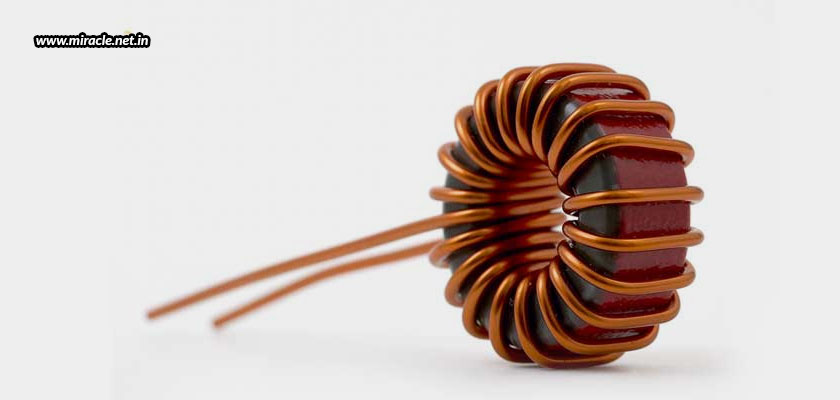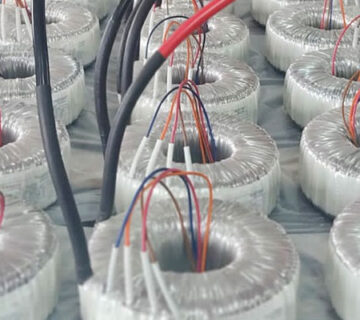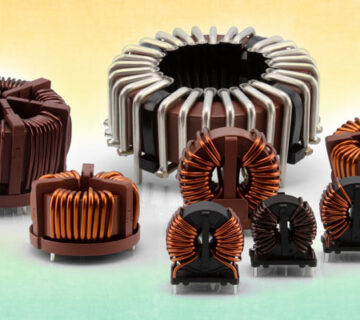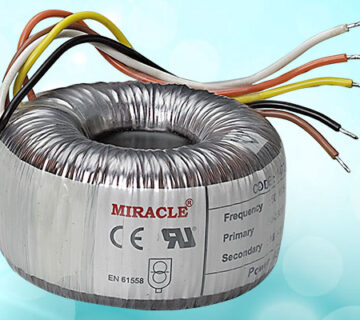The conditioning of power flow in power electronic systems is done through the use of electromagnetic elements like inductors and transformers. Although inductors and transformers seem very similar in a visual and construction sense, but they have differing applications. A layman may see a transformer and an inductor as the same thing, but in reality, both the elements actually have their own unique design and construction elements.
How do inductors and transformers differ?
An inductor is a passive two-terminal electrical component that is made of an electrical conductor such as a wire wound into a coil. The current flowing through this conductor will store energy temporarily in a magnetic field in the coil, and when the current flowing through changes, it creates a voltage. A transformer, on the other hand, is a device made of two or more inductors, one that is powered by alternating current, and the second connected to a load. The first inductor thus induces an AC voltage across the second inductor, with the second inductor electromagnetically coupling power from the first inductor’s power source to the load.
Which kind of manufacturer should you approach?
So, when you are looking for any of these devices for your application, you need to get in touch with a professional inductor and transformer manufacturer in India, who knows the difference between the two, and can bring to you the best product. One expert you can rely upon is Miracle Electronics, where you can get RoHS and REACH compliant transformers and inductors of all types.
How are inductors manufactured?
Communication – One thing that you must understand is that getting custom-made inductors for your application is better than buying off-the-shelf products. And, to have your custom-made inductors manufactured, you must first communicate all your requirements, preferences, and doubts to the manufacturer, and sit with the team of designers and engineers to understand all the needs as well as the better options available for the application. Both you, as a client, and the manufacturer can ask questions to understand each other’s viewpoints, and clear any doubts or misunderstandings. Everything from the materials to the size and design to the connections and mounting arrangements should be thoroughly discussed. All sorts of safety requirements and environmental compliance requirements should also be discussed.
Documentation – Once everything is completely discussed and decided, the designers will then prepare the necessary drawings, and mark down all the important labelling. The materials to be sourced and used will also be specifically written in detail. When all of this is checked and considered alright, the final approval will be given by both the manufacturer and the client, after which the production phase will begin.
Prototyping and production – If the requirement is that of a big lot, it is always advisable to first build a prototype to check on all the visual and functional elements. If the prototype is considered alright, the final production can commence; or else, the necessary changes are made and tested before making the production lot.




